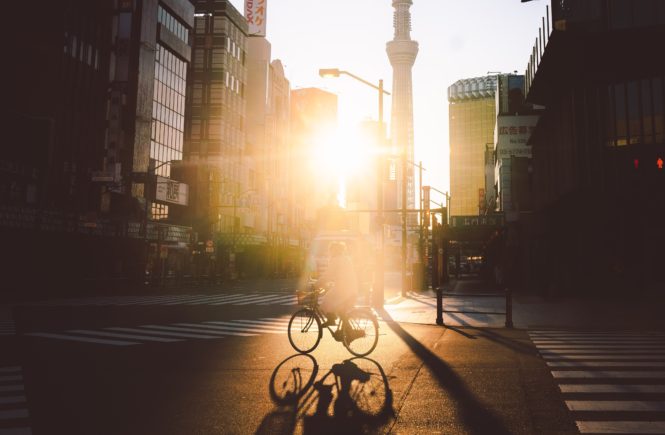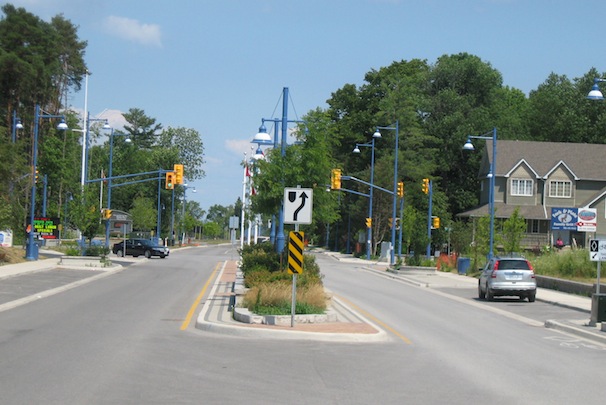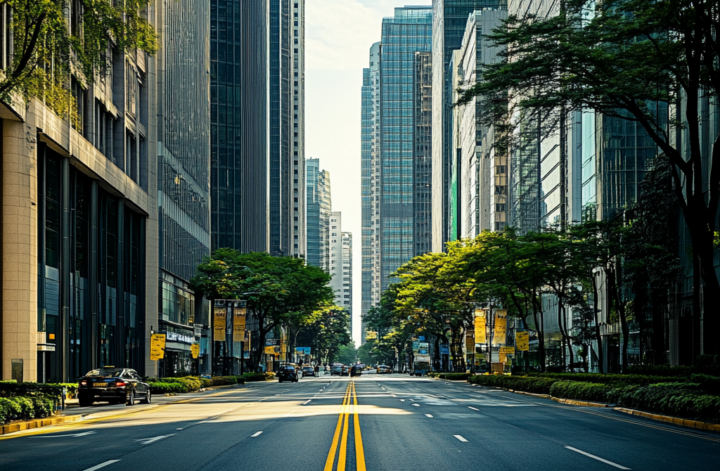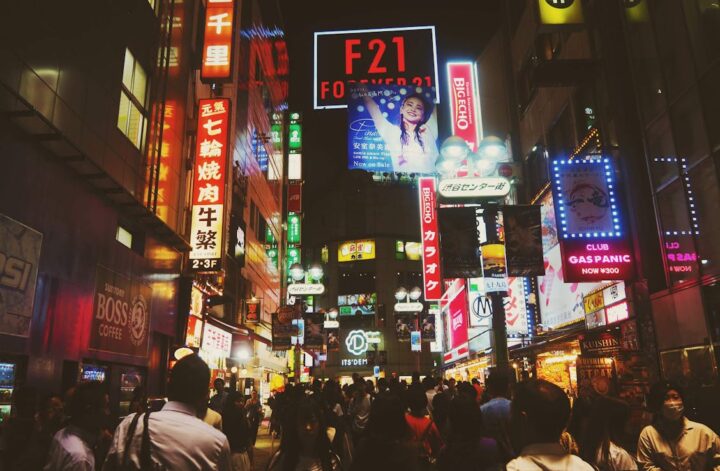In the summer of 2010 the water pump on my Prius died. After towing my car to my mechanic and waiting an hour in dread knowing the bill was going to be painful, he finally entered the room.
“Yea buddy, it’s going to be at least $900 bucks for everything.” My warranty had just expired a few months before.
It was at that moment I decided to sell my car.
I’d been ruminating about the idea of going car free for several months before that, but there were still obstacles. I had recently moved to Canton in Baltimore and was now living within 2 miles of my job at Baltimore DOT. Though it was only 2 miles, the distance still seemed insurmountable for a daily bike commute. I would dutifully drive to work every day, pay for parking, and get winded just walking from the parking lot to the office. That’s how out of shape I was. Then there were the issues of grocery shopping, weekend trips out of town, doctors appointments and other unforeseen trips I had depended on my car for since getting my license at 18. Going car free was a mess of unknowns I didn’t know if I could handle.
But the water pump bill was the final straw. I realized my car had become a financial albatross around my neck, and whatever inconveniences would come with going car free would be worth not having to dedicate so much time and money to a depreciating asset. I sold my car the week after I got it back from the shop.
So I began biking to work everyday with an old mountain bike a friend had given me. It was the summer. I sweated profusely and was totally unused to that kind of physical activity, but I persevered. By that fall, I had lost about 20 pounds. Whereas before I could barely make it up a hill, I could now easily bike a few miles. I began sleeping better. My mood improved. And of course I was saving a lot of money without car expenses – I calculated my car costs were about $7,000 a year at the time I sold my car.
I was cycling through parts of Baltimore I had never noticed while driving. I would stop and marvel at 100 year old buildings, the likes of which would never be duplicated even with modern technology. I noticed things like formstone and narrow alleyways with what looked like a million doors fronting them, going on forever. I realized driving everywhere made me blind to the city I had lived in for years.
I began participating in group rides the year after I sold my car. The summer after that, I biked 150 miles through the Great Allegheny Passage. Then the summer after that, I cycled with friends from Baltimore to Ocean City over a 3 day trek.
When I moved to Dallas a few years later, I remained car free and was able to live and work downtown. DFW is the sprawl capital of the U.S., with open land and farms being sold off for subdivisions for miles in every direction. By necessity, my mental map of Dallas became focused on only the places I could access by bike and transit. Given that DFW has a 95 mile light rail network, a great off-road bike network with the Sante Fe and Katy Trails, and some walkable neighborhoods around downtown like Deep Ellum and Uptown, I was able to access everything I needed without driving. The trick was reframing the city into a much smaller, bike/transit-friendly geographical area and utilizing all of the amenities within that area. If you track car trips over a period of time, you find drivers tend to go to the same neighborhoods and travel the same routes consistently, with large parts of the city never touched by their cars. The same is true for alternate modes. Even a 100 mile-wide metropolitan area has a small core area where almost all of ones daily life can be conducted. Thinking small by necessity made Dallas much more manageable.
I also applied many of the lessons I learned while cycling and taking transit in Baltimore to complete streets projects in Dallas. Becoming an avid walker, cyclist and transit user gave me a new perspective on transportation planning. I no longer just looked at roads as a means of moving traffic. They became more dynamic and human. Roads became a means to improve neighborhoods and public health by creating human-scaled places that could encourage physical activity, social interaction and more equitable transportation choices. I came to the conclusion that ownership of a $25,000 machine shouldn’t be a prerequisite for getting to work or participating in civic life in America.
Going car free made me a better planner. I began to notice the small details of projects I didn’t consider when I drove everywhere: LPI signal timing, turn radii, bus shelters, pedestrian crossing distances, slip lanes, how bike lanes are treated at intersections, and even trees. I notice these things because I use them everyday – they’re not abstract concepts. They’re things I depend on to get me where I need to go.
I’ve remained car free here in Miami, and I can say the experience is far easier than in Baltimore or Dallas. The tropical weather, the combination of monorail and metro service which serves useful destinations, and the natural growth boundaries of the city (between the Everglades and the Atlantic) make Miami surprisingly accessible. There’s always room for improvement, though. A better bike network and expanding the metro to Miami Beach would be great. But if your job location is transit accessible, southeast Florida can be an underrated gem for living without a car. Miami, Fort Lauderdale and West Palm Beach are making great strides in implementing complete streets projects, and Brightline rail service will connect the trifecta when it opens back up after COVID-19 (hopefully soon).
I’ve thought about buying a car many times during my 10 year endeavor, and each time I do, I reconsider. I’ve realized there’s something to be said for enduring a certain amount of inconvenience in life. Walking 15 minutes to a grocery store in the Miami heat sometimes isn’t pleasant, but the walk itself is cathartic and gives me a chance to think about my day and fit in exercise during my busy schedule. But for every inconvenience, there’s a moment of joy. Sometimes I’ll be cycling down the middle of Biscayne Boulevard during a tropical sunset and realize that, at least for me, it’s the closest thing to flying while on the ground – as if this is how moving through a city was meant to be experienced. Even my daily train commute to Fort Lauderdale before the pandemic was filled with time spent reading or doing other productive tasks. Living without a car makes sense on paper, but the intangible benefits which accrued over the past 10 years have made it truly worthwhile.
Not having car expenses for so long brings into relief how expensive cars really are – financially, environmentally and chronologically. After all this time, not having to spend money on gas or insurance never gets old. Knowing I arrived at a destination in the most environmentally sustainable way doesn’t get old. And never having to sit in a mechanic’s shop or spend hours on the phone with my insurance company after an accident never gets old either.
When I set out on my car free journey 10 years ago, I didn’t think I could do it. But I did, and without living in NYC or San Francisco or other cities known for being walkable transit meccas. And that gives me hope that other people can do it, too. But in the mean time, we should continue doing everything possible to give all people the opportunity to live more independently by designing our streets and neighborhoods as if cars are an optional luxury good, and not a prerequisite to participate in American life.




